Three times in the past year I’ve had exciting emails from someone with whom I share an ancestor, who’s reached out to me either via my online tree on Ancestry, or through a DNA test I did a couple of years ago. It’s always great to get that feeling that we family historians love, when the possibility of finding new ancestors or even overcoming a brick wall presents itself.
Each of my new connections has turned into a friendship, but that initial contact got me thinking, do some similar cases not turn out so well? Have there been times when people have shared their precious research only to regret doing so? This blog isn’t intended to act as a guideline for what to do, as only you can make that decision, but instead to offer some thoughts on different ways to proceed with a new genealogy contact and to show how these partnerships can work well when handled with care on both sides.
Hello, third cousin once removed!
As family historians we revel in inter-generation links and in those clues that can help us back to the next generation or on to a new ancestor. Many of us will have worked on our family history for years and most probably will have spent quite a bit of money in pursuit of our obsession. So how much should you be prepared to share with a stranger?
The first step when someone reaches out to you as a potential family match is to work out which common ancestor you share (if indeed, there is one). It would, of course, be a waste of both of your time should your new ‘cousin’ turn out to have no connection to your family at all.
But once you’ve made the connection and established which common ancestor you share, then your joint project can begin. Even if you’re communicating with someone who’s completely new to family history this should be a two-way process with both of you contributing in your own way.
The start of a beautiful friendship?
A good way to look at the process is to imagine how it would work if you were starting a new friendship in the non-genealogy or non-online world. Of course you wouldn’t spill your life story to someone you happened to sit next to on the train. In most cases, friendship builds as trust is earned and information about both your lives will naturally reveal itself as the relationship grows.
Each of us will have our own feeling about how much of our tree we’re prepared to share but it makes sense to bear in mind the worst case scenario – that someone could take all the information you’ve given them about your ancestors, copy it straight into their own tree and pass it off as their own work. How would that make you feel?
The more generations between you and your contact and that common ancestor, the narrower the portion of tree you’ll be interested in. So don’t feel that you have to share your whole tree at once or even at all. Some programmes (such as Family Historian) allow you to section off areas of your tree to share with a contact and of course it’s essential to safeguard the privacy of anyone who’s still alive and is featured in your research.
Another option is to ‘drip feed’ the information as the two of you share your findings (and maybe collaborate on a research project together). You might be surprised how much you can learn from someone who’s new to family history. Family stories and memorabilia pass down different branches of the tree and you could be lucky enough to gain access to photos and paperwork you didn’t know existed.
Let’s work together…
As I mentioned at the start, my three tentative contacts have turned into partnerships where I hope we’ve both gained something. I’ve found a new Irish cousin, which has been really rewarding since my own family had lost touch with its Irish roots. We never knew why my 4 x great-grandfather was known as the ‘silver king’ but my new-found third cousin has helped me uncover newspaper reports about this ancestor’s role as a provisions dealer in Ireland and his brushes with the law.
In return I’ve been able to pass on family photos from my own branch, allowing this cousin to see descendants of the ‘silver king’ and I’m also going to photograph some gravestones over in Dublin next month to help him with his research.
I guess what I’m trying to say is that I went against my natural instincts to share my research and I tried to think about I could contribute to the partnership even when it seemed I was receiving more than I was giving. Whatever stage we’re at with our research, we’re all on the family history journey together and I’m sure you’d agree that it would be a sad day if we thought we’d learnt all there was to know about our ancestors and their lives.
For free advice on tracing your family tree, visit Family Tree's website.
(image copyright Ahsmann)
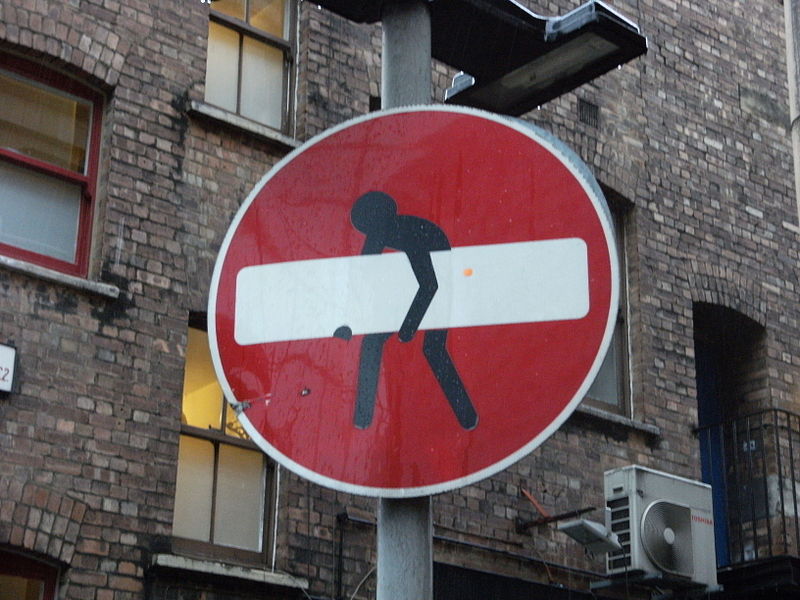

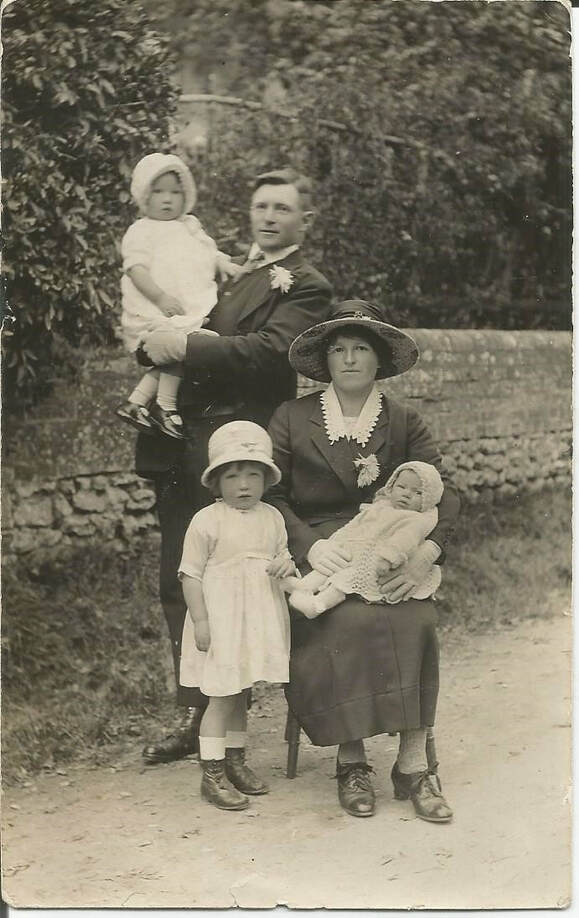
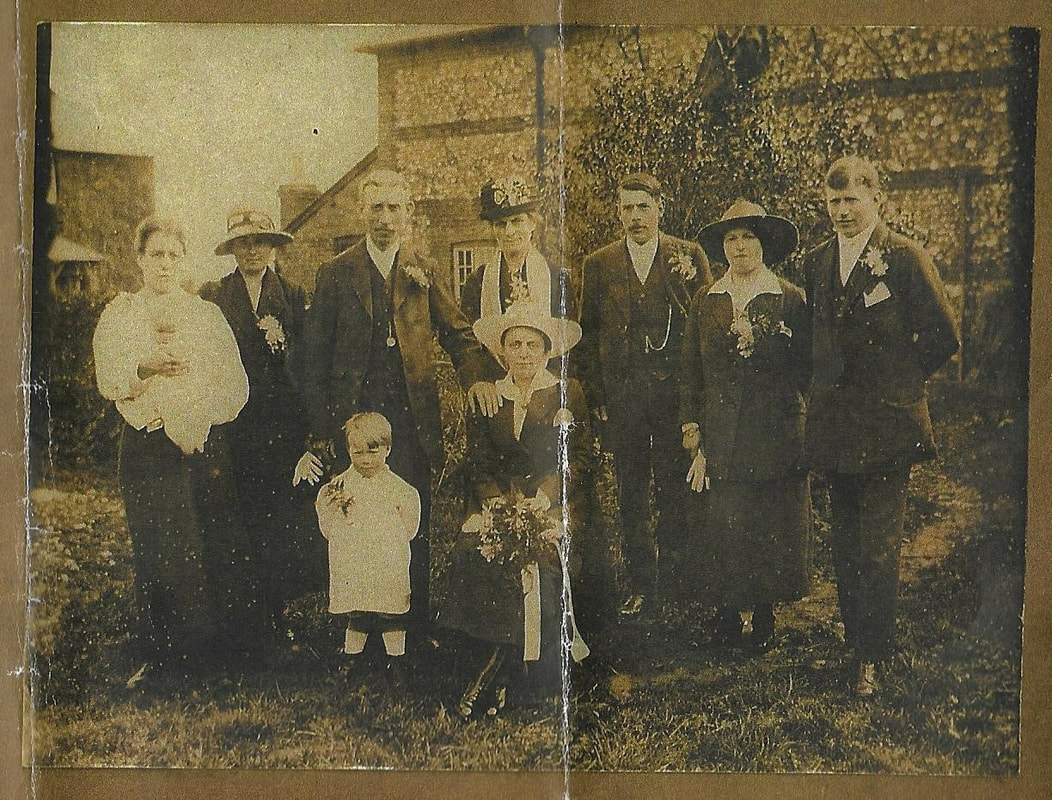
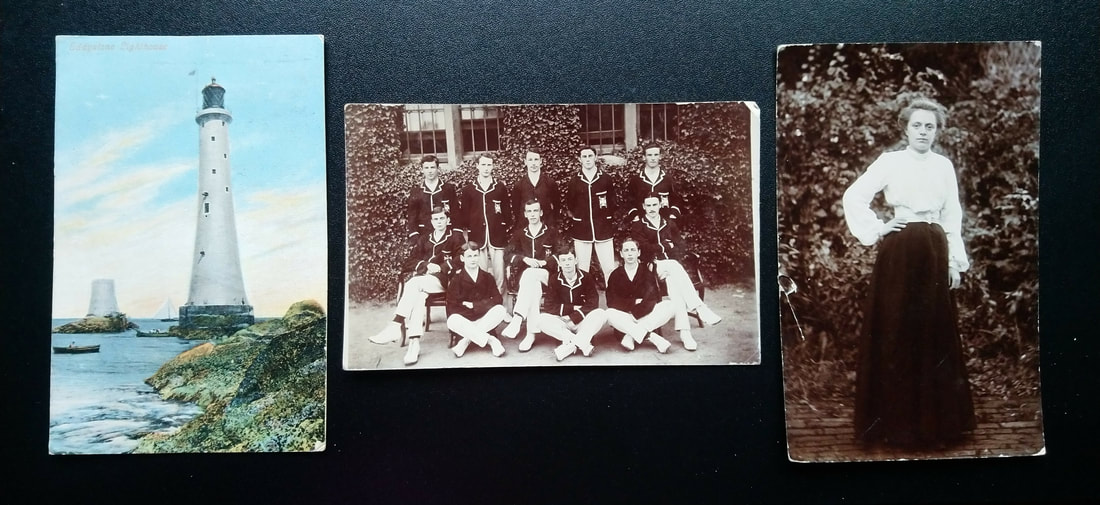
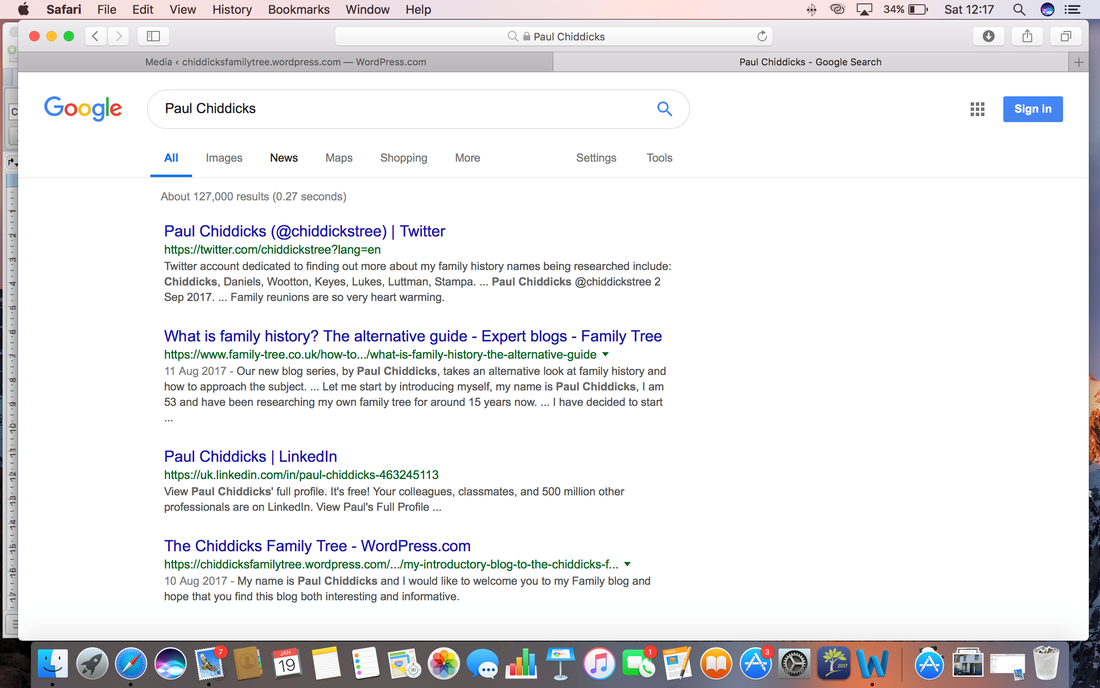
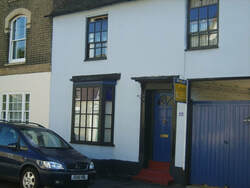
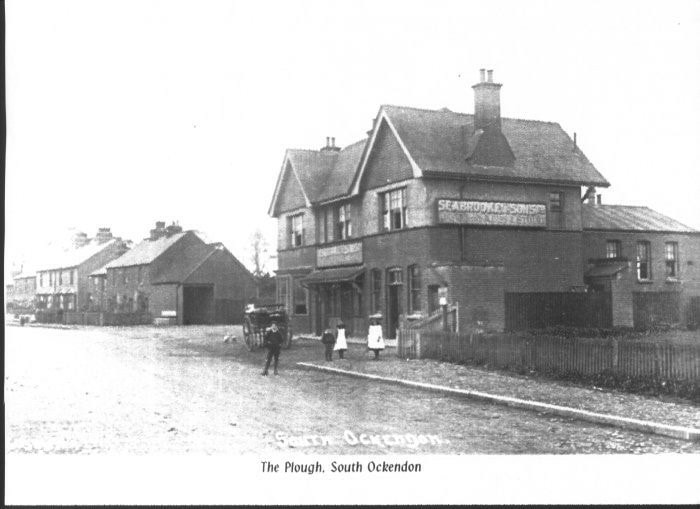
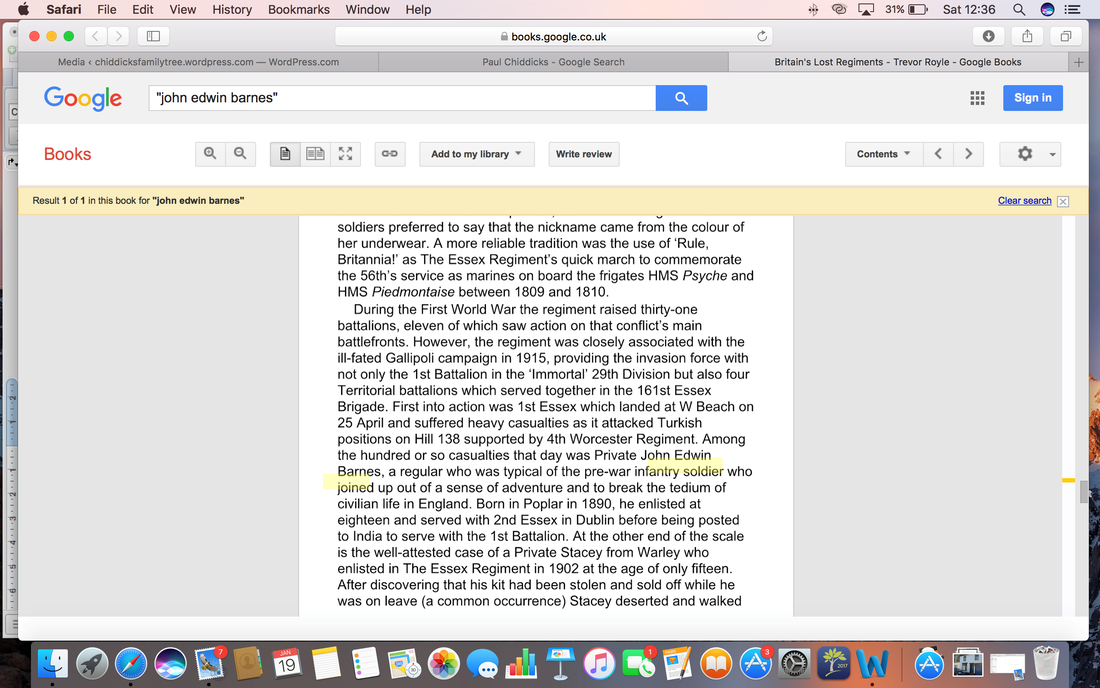
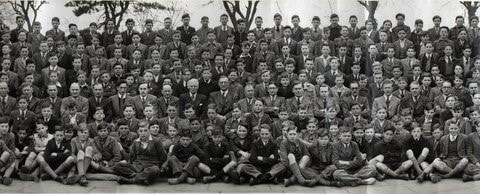

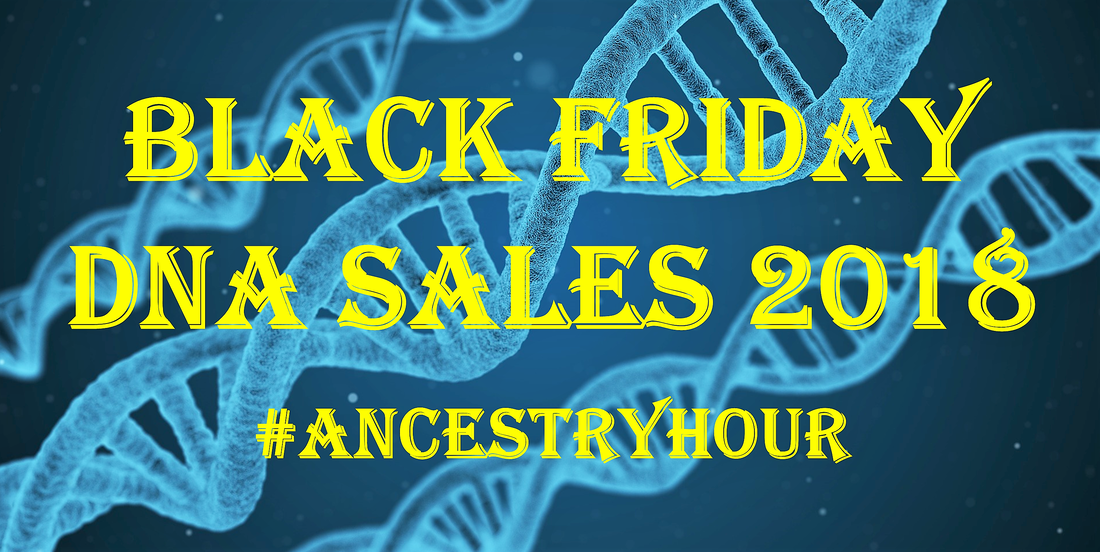

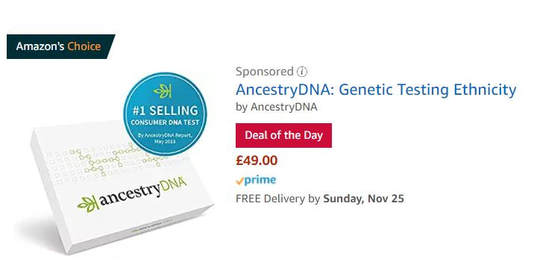



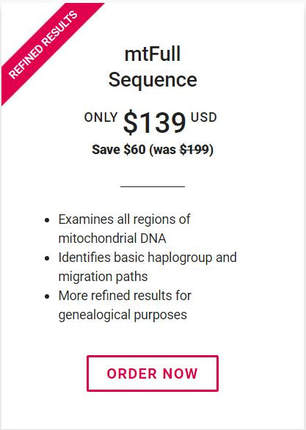
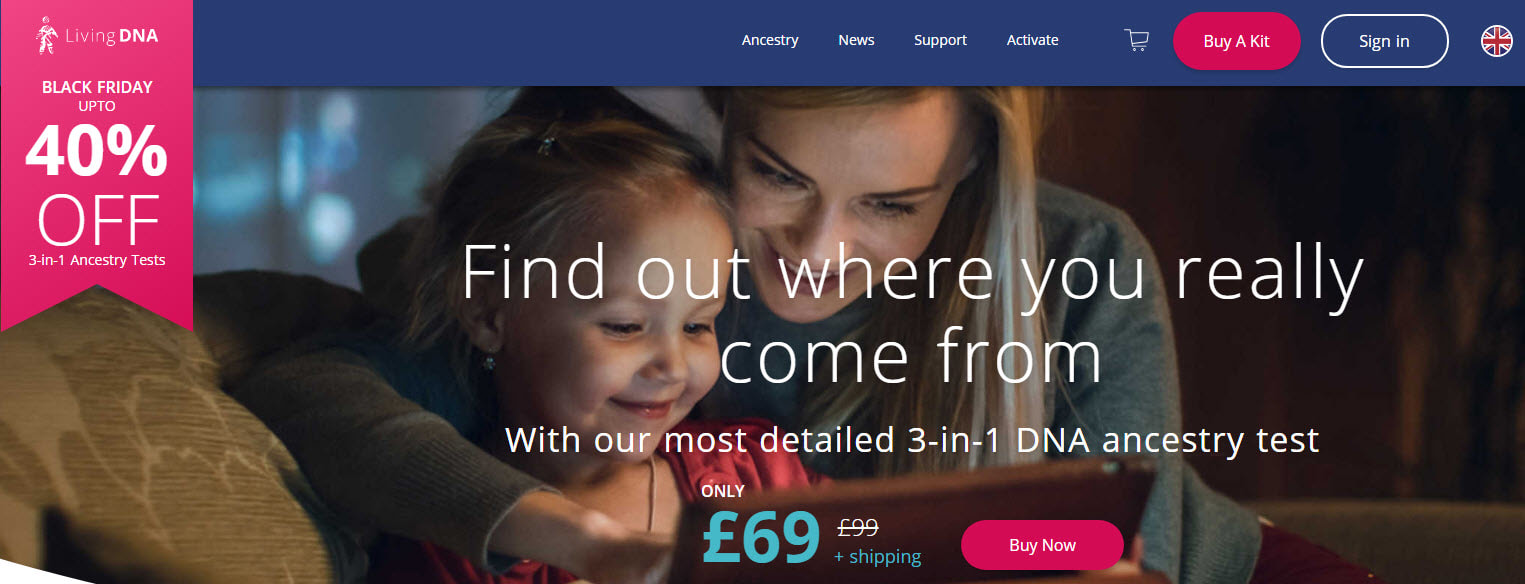
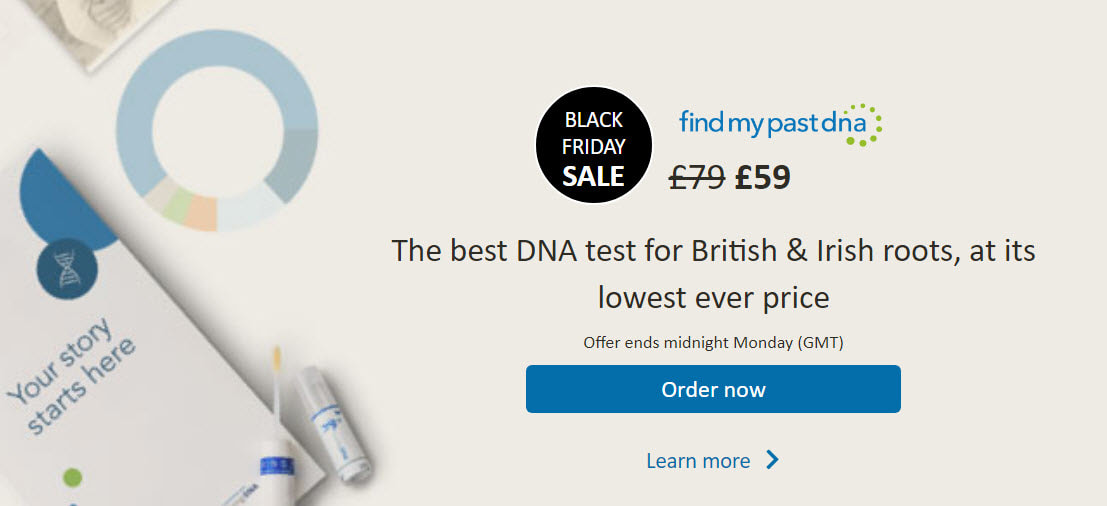

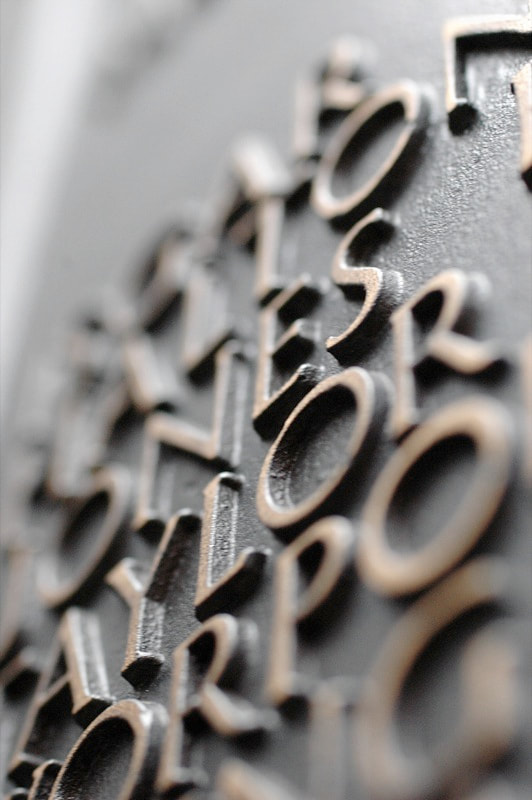
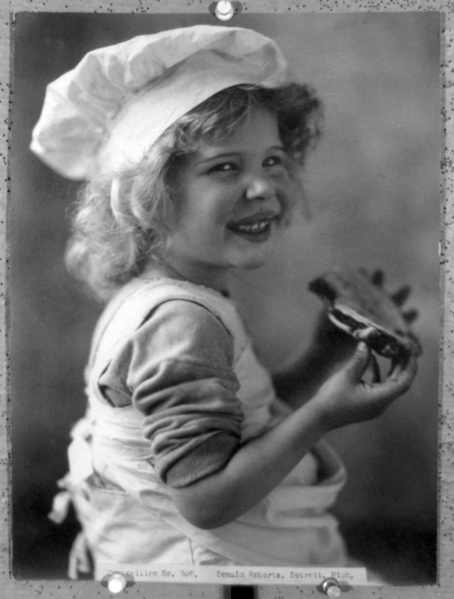
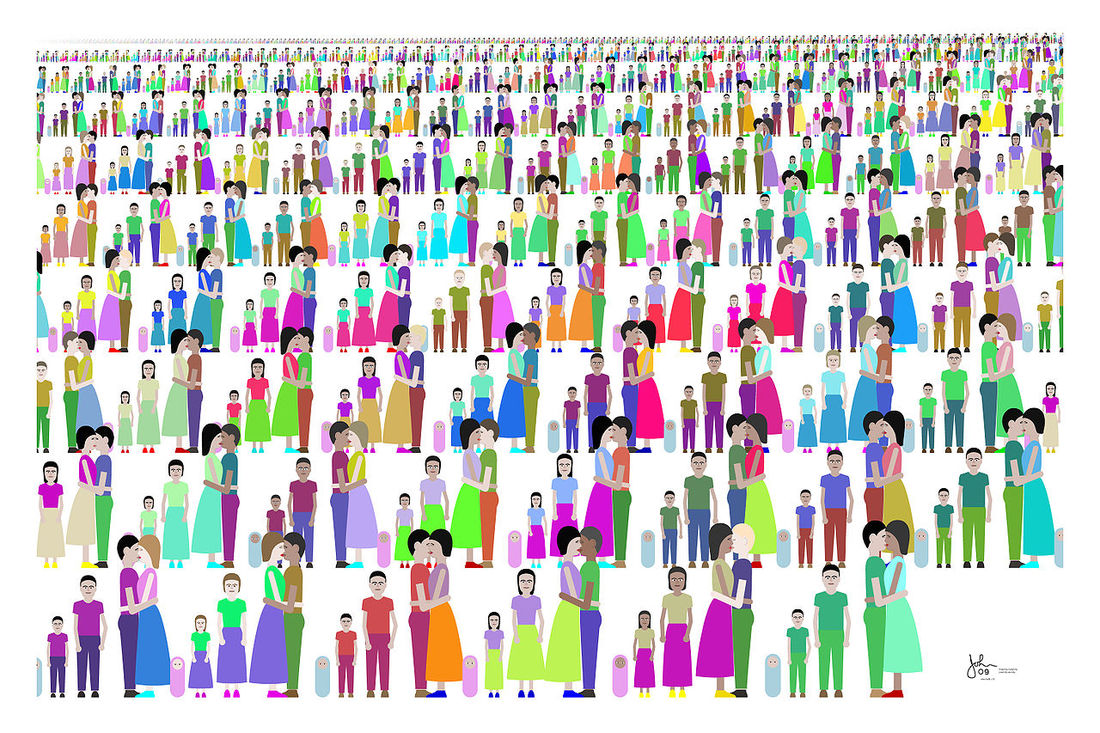
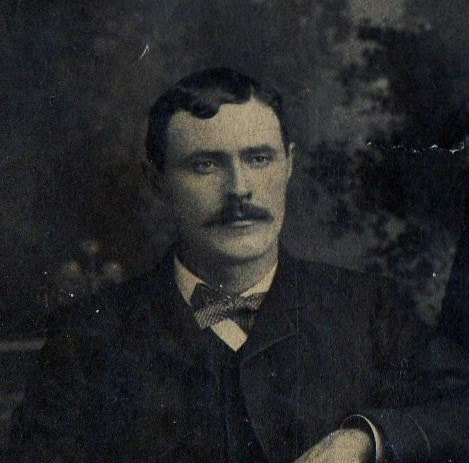
 RSS Feed
RSS Feed
